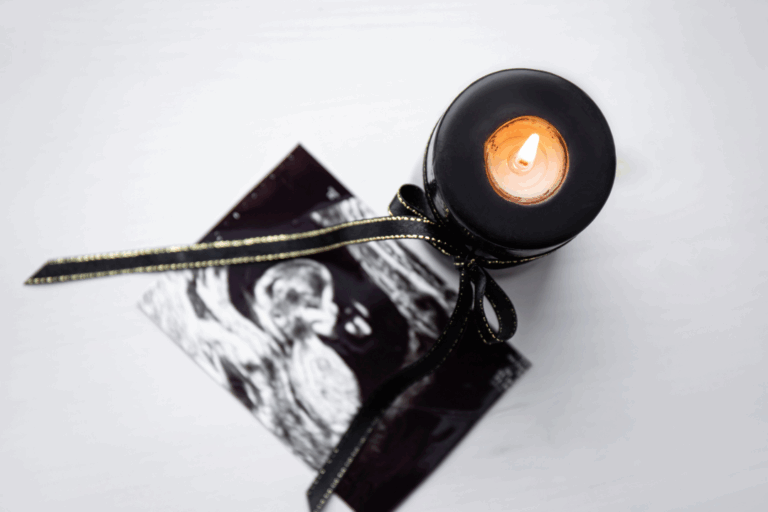What age do babies start rolling over? It’s a question all new parents want to know. Like with all developmental milestones, there is a window that’s considered normal, instead of a hard and fast rule.
The average age for rolling over
Some babies start to roll over as early as 3 or 4 months. Other babies take their time but most babies can roll in both directions by 6 months old. Most babies also begin to roll over from their belly to their back and once they’ve mastered that (takes about a month) they start to roll from their belly onto their backs.
If your little one is older by a couple of months and not rolling over, it may not necessarily be cause for concern – they may just need some encouragement. If you’ve noticed that your baby is not rolling over in addition to other factors – such as not sitting up, making eye contact or poor head control, discuss it with your pediatrician.
Why rolling over matters?
Rolling is an important milestone to reach for a number of reasons:
- Firstly, it gives your baby that first sense of independent movement
- Rolling stimulates your baby’s tummy muscles, which need to be strong for them to achieve future milestones like sitting and crawling
- When your baby is rolling over it causes your baby’s body to rotate or twist naturally – this rotation is important for balance skills at later stages
- Your baby is also getting lots of touch stimulation from their arms, legs, tummy, back and head from rolling over
Here are a few fun activities to encourage your baby to roll over:
- Take the opportunity when changing your baby’s nappy or dressing them to roll them into a side-lying position. Your little one will used to this new sensation and will soon be completing this movement to roll onto their back or tummy.
- If your baby is back lying, encourage them to reach up for a toy and follow it as you move the toy across to one side. As they reach across their body to get the toy, help then to roll over onto their tummy (by rolling them at their shoulder or hip).
- When your baby is in tummy lying, rock them gently from one side to the other, then straighten one arm out in front of them and roll over that side, onto their back. Repeat on the other side.
- Toys motivate babies to roll, so have a variety available to inspire curiosity and stimulate movement.
- Lastly, don’t forget to celebrate your little one’s rolling over – make a big fuss the first few times – clap, cheer and congratulate your baby for a job well done!
Download the Parent Sense app for expert advice to help you care for your baby with confidence.




